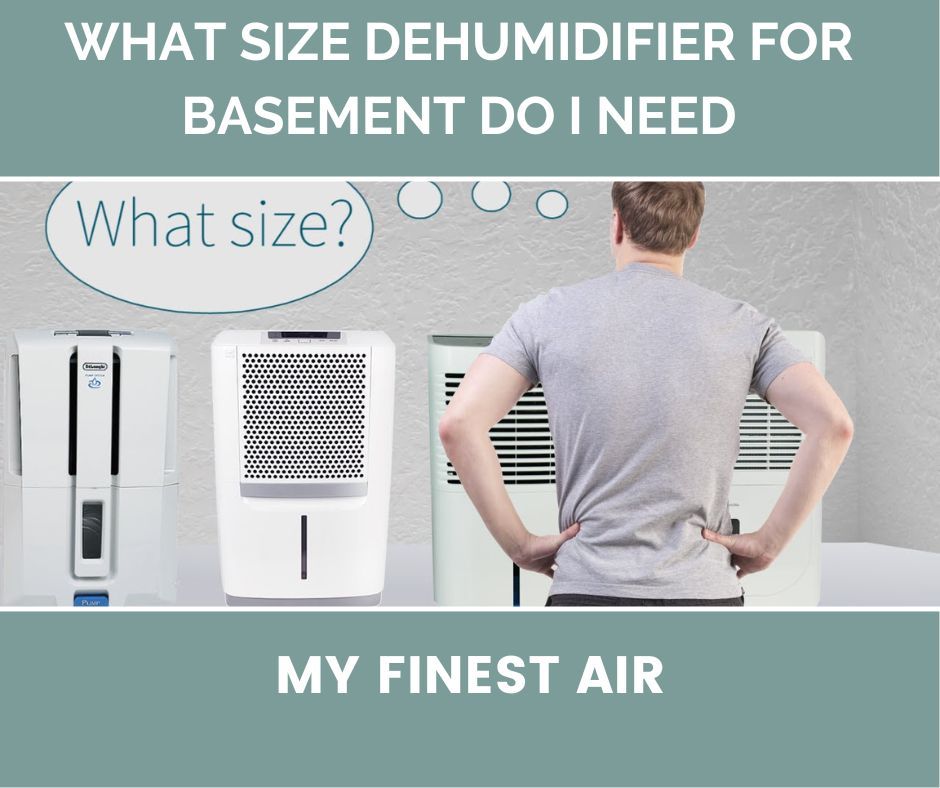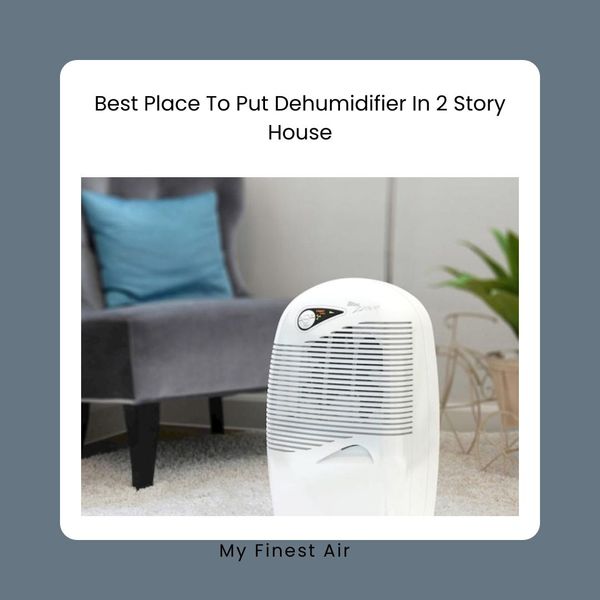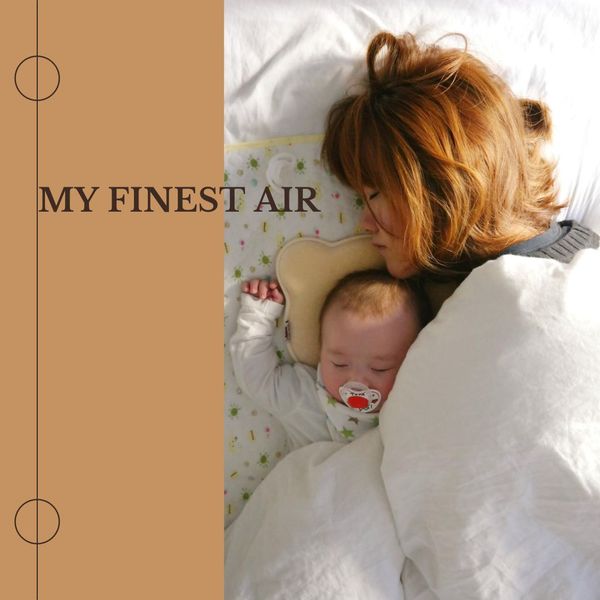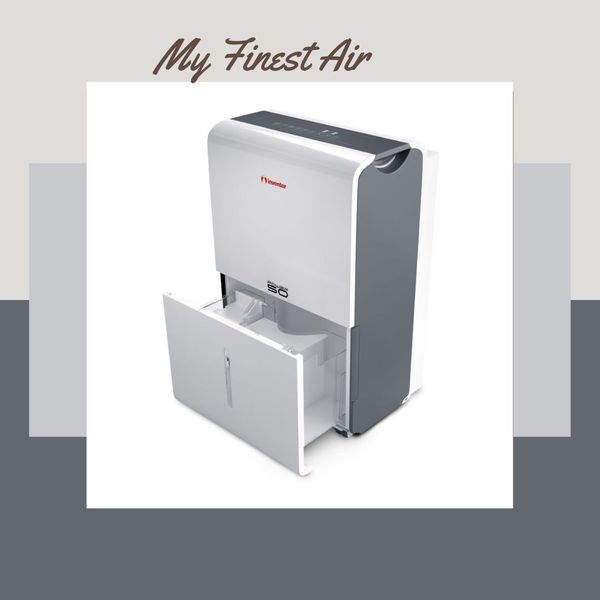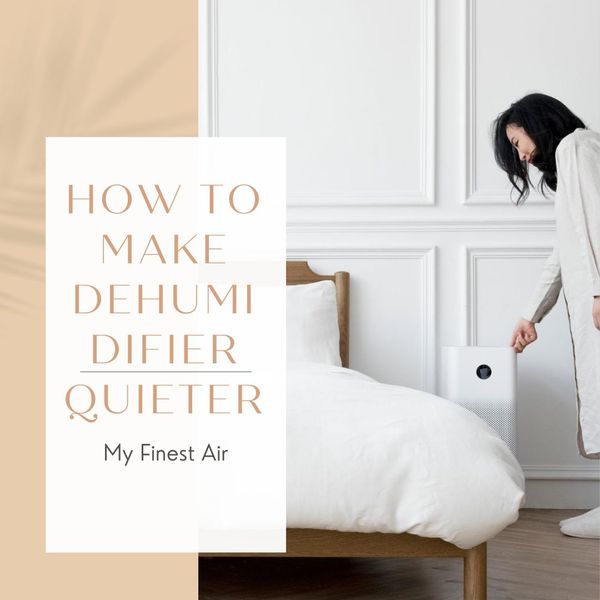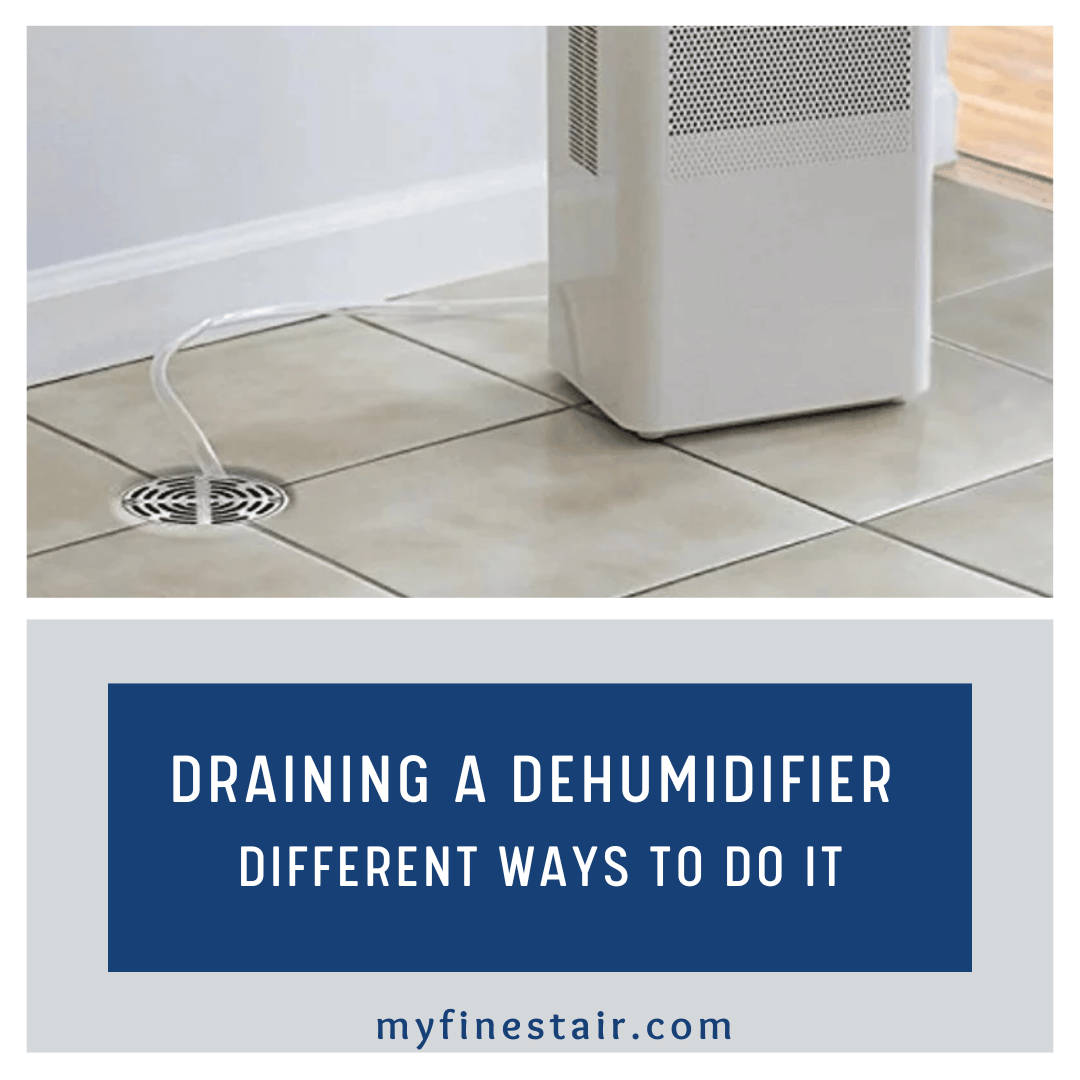These appliances come in a wide range of capacities and sizes, so you may have trouble figuring out the appropriate size of humidifier for your space.
Assess the size of the space and the amount of humidity in there to pick the right size of humidifier. Choosing a unit that has a higher capacity than that required for your room will help save most of your energy and get the most out of the device.
Let’s discuss what size dehumidifier for a basement is needed.
You can visit our guide: Vicks Humidifier Not Working - Examine The Possible Reasons
Choosing the type of Humidifier Required
Measuring the room/home’s dimensions
You must take into account the size of the space you are trying to dehumidify.
Use a measuring tape to measure the length and width of the floor of this space if you do not know the size of the room already.
Multiply these measurements to get the size in square meters/feet.
Go for a whole-house dehumidifier for a space larger than 2500 sq. Ft.
If your entire house needs dehumidification, it is worth investing in a whole-house dehumidifier.
The unit can be designed to attach to an already existing central heating system as well, or you may opt for one which can be installed on its own.
Dehumidifiers for the whole house are engineered to work in spaces up to 3000 sq. Ft is large.
Such a unit may be expensive to buy initially but will save you energy and money in the long run by helping you’re A/C operate efficiently.
Read Also: Equate Humidifier Not Working - What Could Go Wrong?
Choose a desiccant dehumidifier for a cooler environment
There are two types of dehumidifiers available in the market: refrigerant and desiccant.
The desiccant humidifiers have a comparatively lower rating than the refrigerant models, but they operate more efficiently in low temperatures, especially spaces where the temperature is expected to fall below 18 °C.
They are also quieter than the refrigerant models, thus adding another advantage.
Get a refrigerant model for humid and hot space
If your space tends to stay warm and humid consistently, the refrigerant humidifier is best to go for.
They have a higher rating capacity and operate more efficiently in higher temperatures than the desiccant models.
However, if the temperature falls below 18 °C, the refrigerant humidifier’s function may halt as ice can form on the evaporator coils and prevent it from properly functioning.
Choose the capacity of your Dehumidifier
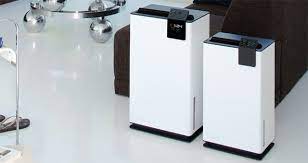
Look for signs of excessive moisture to find out how wet your space is
The exact humidity level can be measured using a humidity meter, but such precise measurements are not required typically.
You just need to look for significant indications of humidity to get a sense of how damp the area is.
These can include wet spots on walls or condensation on the inside of windows. Other indications may consist of feeling the air to be a bit wet or getting signs of a musty odor in the humid weather.
See Our Blog: Can You Put Hot Water In A Humidifier? - Things to Consider
For a moderately moist space, get a humidifier of 10-26 US points capacity.
A humidifier’s size refers to its capacity, i.e., how much water can be pulled out by it from the air in 24-hrs.
If your space is moderately damp, you do not need a very high-capacity dehumidifier. The total capacity depends mostly on the size of your area, for instance:
- For 500 sq. Ft big space, a humidifier with 10 US pts works well.
- For 1000 sq. Ft big space, a humidifier with 14 US pts works well.
- For 1500 sq. Ft big space, a humidifier with 18 US pts works well.
- For 2000 sq. Ft big space, a humidifier with 22 US pts works well.
- For 2500 sq. Ft big space, a humidifier with 26 US pts works well.
For a very damp space, choose a 12-32 US pt. dehumidifier.
If your space is always damp with a clear indication like wet spots on walls and floor, choose a dehumidifier that is comparatively higher in capacity.
The size of your area must be considered for this, along with the level of dampness. You can choose a dehumidifier according to the following:
- 12 US pt. for a space as large as 500 sq. Ft.
- 17 US pt. for an area as large as 1000 sq. Ft.
- 22 US pt. for an area as large as 1500 sq. Ft.
- 27 US pt. for an area as large as 2000 sq. Ft.
- 32 US pt. for an area as large as 2500 sq. Ft.
A 14-38 US. pt. is suitable for wet space
For spaces having sweating or seepage on the floor and walls, a more powerful unit is required. For an area with:
- 14 US. Pt. works well for an area of 500 sq. Ft.
- 20 US. Pt. works well for an area of 1000 sq. Ft.
- 26 US. Pt. works well for an area of 1500 sq. Ft.
- 32 US. Pt. works well for an area of 2000 sq. Ft.
- 38 US. Pt. works well for an area of 2500 sq. Ft.
For extremely wet spaces, a 16-44 US. pt dehumidifier is the most suitable
For areas that have water standing most of the time, a very high-capacity dehumidifier based on the size of the space will be adequate.
- 16 US. Pt will work well for a space sized 500 square feet.
- 23 US. pt will work well for a space sized 1000 square feet.
- 30 US. Pt will work well for a space sized 1500 square feet.
- 37 US. Pt will work well for a space sized 2000 square feet.
- 44 US. Pt will work well for a space sized 2500 square feet.
It is good to buy a dehumidifier with a higher rating than required for your space, to save energy.
It won’t have to work as hard to keep the space dry compared to one with the exact capacity of your room.
Even if you are getting a dehumidifier for a small room of 144 sq, Ft., you should invest in a dehumidifier with a 500 sq. Ft. rating in a similarly moist environment.
Having looked at what size dehumidifier for a basement is suitable, you can now head to the store and buy one according to your requirement!
Related:


